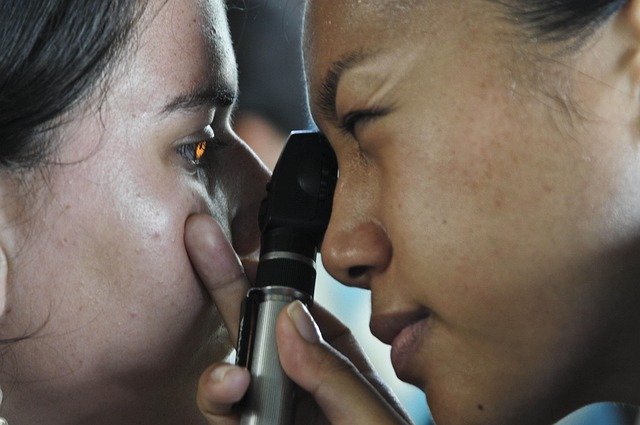Medical Aid: Understanding Coverage, Treatments, and Ongoing Care
Medical aid programs and health insurance plans provide a framework to help people access necessary care, manage chronic conditions, and respond to urgent health needs. This article explains how medical aid typically supports treatment for conditions such as heart failure, diabetes, and cancer, and how coverage for medications and monitoring of cardiac function is usually handled. It also highlights practical considerations when evaluating plans and looking for local services or providers in your area. The goal is to clarify common terms and coverage areas so you can better assess what a plan might cover and what questions to ask a healthcare professional or plan administrator.

This article is for informational purposes only and should not be considered medical advice. Please consult a qualified healthcare professional for personalized guidance and treatment.
How does medical aid support heart failure?
Medical aid plans commonly cover diagnostics and specialist consultations for people with heart failure, including cardiology visits, echocardiography, and hospital care when needed. Coverage may include medications used to manage symptoms and reduce progression, device therapy evaluations (like pacemakers or defibrillators), and cardiac rehabilitation services. Policies vary on which tests and specialist procedures require prior authorization or are subject to co-payments. When assessing a plan, check whether coverage extends to outpatient cardiac rehabilitation, home monitoring, and ongoing follow-up visits to help preserve cardiac function and reduce readmissions.
What medications are typically covered?
Most medical aid plans maintain a formulary specifying which medications are covered and whether a generic version is preferred. Chronic condition medications—such as those for heart failure or diabetes medications—are frequently included but may require step therapy, prior authorization, or tiered copayments. Specialty medications used in cancer treatments or advanced cardiac care might have higher out-of-pocket costs or specific approval processes. Review the formulary to confirm coverage for prescribed drugs, whether prescriptions can be filled at local pharmacies, and what patient assistance or prior authorization procedures the plan uses.
How does medical aid handle cancer treatments?
Coverage for cancer treatments often includes surgery, chemotherapy, targeted therapies, immunotherapies, and radiation therapy, depending on the plan. Many policies cover diagnostic imaging, pathology services, and oncology consultations, though some expensive targeted or newer agents may require prior authorization or be subject to limited networks. Case management or oncology nurse support may be available to help coordinate treatment schedules and financial authorization. It’s important to investigate whether advanced options, clinical trial participation, and supportive care services—such as palliative and psychological support—are included in the plan’s benefits.
Are diabetes medications and management included?
Diabetes management typically involves coverage for diabetes medications, insulin, and monitoring supplies, but the extent varies across plans. Many medical aid programs cover routine supplies like glucose test strips, insulin pens, and continuous glucose monitors under durable medical equipment or pharmacy benefits. Diabetes education programs and nutritional counseling may also be covered as part of chronic disease management services. If you rely on insulin pumps or continuous monitoring systems, confirm whether these devices and their consumables are treated as pharmacy items or durable medical equipment, since that distinction affects prior authorization and cost-sharing requirements.
How is cardiac function monitored under plans?
Monitoring cardiac function often includes coverage for tests such as electrocardiograms (ECG), echocardiograms (echo), stress testing, and cardiac biomarkers. Advanced monitoring—like Holter monitors, implantable loop recorders, or remote telemetry—may be covered when clinically indicated and preauthorized. Some plans also support remote patient monitoring or telehealth consultations for chronic cardiac conditions, which can reduce hospital visits and track cardiac function more continuously. When evaluating options, ask if repeat testing, specialist follow-up, and post-hospitalization management are included without restrictive limits that could affect long-term care.
Conclusion
Understanding how medical aid handles conditions like heart failure, cancer, and diabetes—and how it covers medications and monitoring of cardiac function—helps people make informed decisions about plans and care pathways. Coverage details, formularies, prior authorization rules, and provider networks differ widely, so reviewing plan documents and discussing needs with clinicians and plan representatives is essential. Identifying local services and confirming how ongoing treatments and monitoring are managed within a chosen plan can reduce surprises and support continuity of care.






